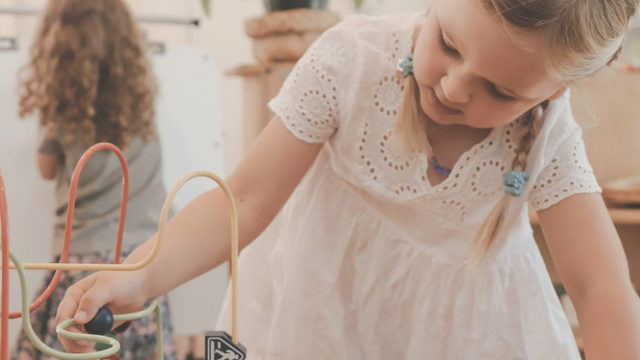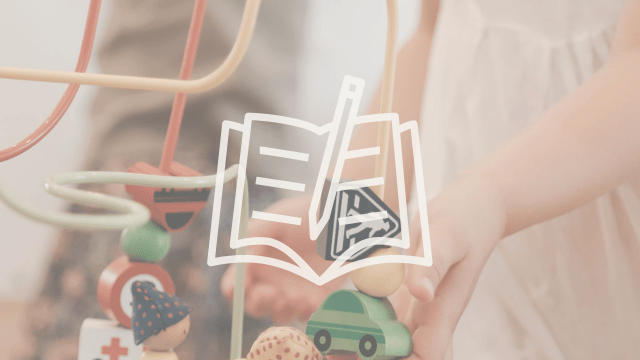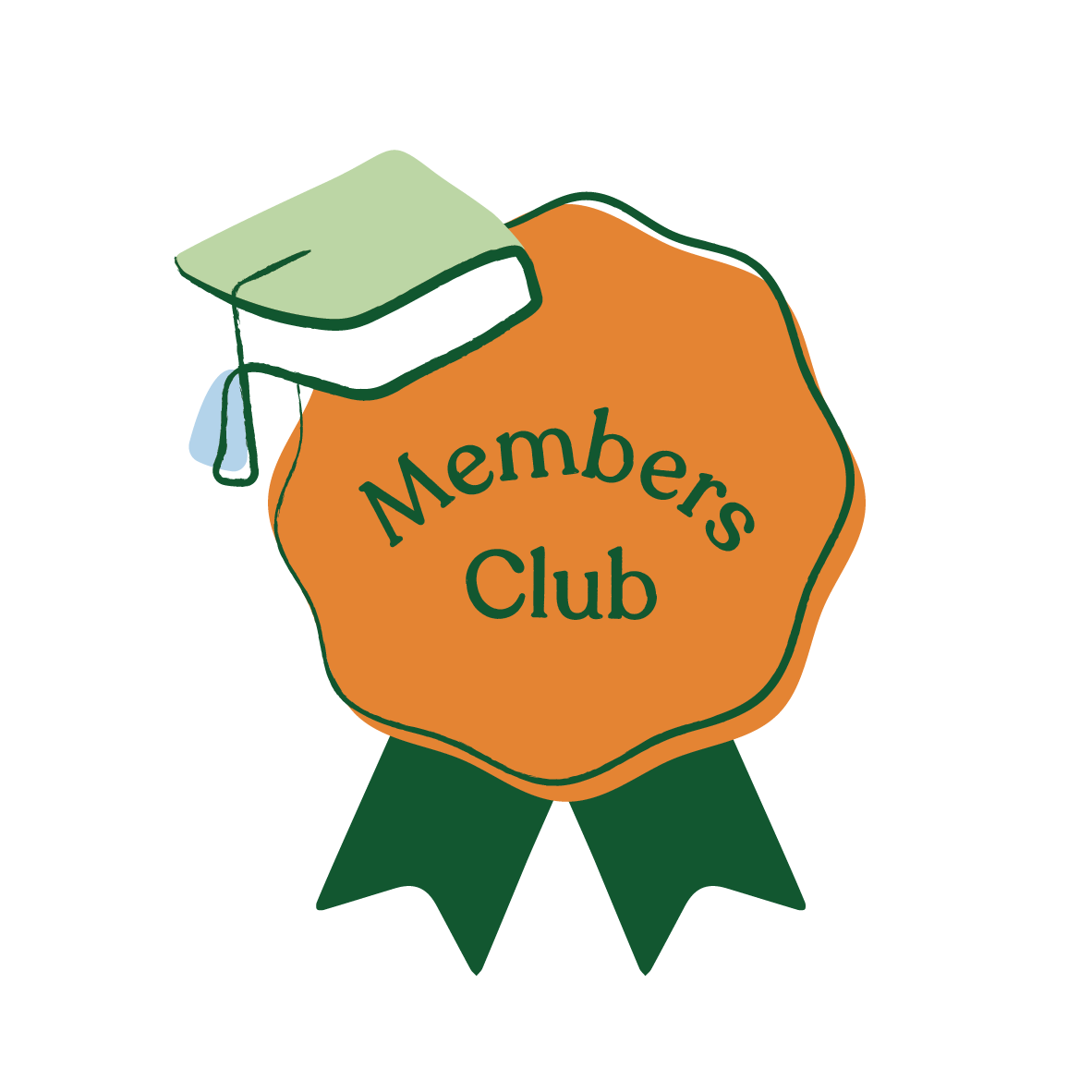How are your lenses on learning impacting how you teach?
23rd August 2022
Written by Bridgit Williams
MProfStud(Ed); BA (Ed); DipTchgECE; PGDip Montessori

When we notice, recognise, and respond to children, we make judgements about what and why children are doing what they are doing. These judgements are naturally, and often unconsciously, based on our experiences, knowledge, skills, and biases.
Would it be beneficial to explore the many ways situations can be viewed? Could this insight help us enhance children’s learning even further? The answer is yes.
Looking through a lens
I like to think of these judgements as lenses - lenses that impact how we interpret what we see. Some people may only use one lens, whereas others, often through experience and knowledge, have many.
When we take the time to learn about and understand the wide range of theoretical and philosophical lenses or perspectives through which we can view children’s learning, we become more competent at identifying and making their growth visible. Essentially, we become better at responding to what we see, and children’s learning is enhanced as a result.
The range of lenses is almost infinite; schemas, working theories, Te Whāriki, Te Whatu Pōkeka, dispositions, multiple intelligences, special characters such as Montessori and Steiner, behaviour and more. When we apply these lenses to the ‘notice, recognise, respond’ model, it is the recognise stage where the specific lens really becomes evident. This is where the analysis of learning happens.
I often say to fellow educators, “Anyone can notice, but what sets you apart from others is your ability to recognise”. When we recognise, we see or identify the learning in what children are doing.
This is where we ask ourselves.
- What does this mean?
- How is this connected to what I already know about this child?
- What does their family have to say about this?
- Is my view the same or different from others who know the child?
An example of how a scenario can be viewed through different lenses
Notice
I have been watching Jonah over the past week or two and noticed he spends long periods intently searching for and gathering up the small vehicles (and some larger ones) from around the activity space, and sometimes outside. He often uses his arms to collect them, gathering them up from multiple places before depositing them near the door. This requires multiple trips, and the pile gets larger as he goes about his work. Sometimes he uses the doll’s pushchair or block trolley to assist him, which means he can collect more before depositing them by the door. When he has collected a sizable pile, he puts them one by one through the window of the cubby house just outside the door.
Recognise
Lens 1: Schematic:
I think Jonah is exploring a transporting schema; he appears to have a keen interest in moving or transporting these objects, which is repeatedly happening. Jonah is deeply engaged in understanding moving and the idea that things can be moved from place to place. He also seems to classify things as he only collects objects with wheels. What he is transporting is not important, it is his exploration of the underlying concepts and the thinking required to understand these concepts that are supported through his engaging in the task of transporting. Supporting Jonah in this deep level of thinking will enable him to flourish.
Lens 2: Behavioural
Jonah is learning the boundaries of acceptable behaviour. We have a strong culture of respect in our centre - respect for others and the environment. We support children to understand where toys belong and how they are used. Jonah has been asked many times not to use the vehicles and pushchairs in this way because other children might want to use them or they might get lost. As a team, we have discussed this behaviour and agreed that it is an opportunity to support Jonah in understanding the rules of our centre.
Lens 3: Dispositional
Jonah shows great concentration and persistence when he is going about his work. There have been occasions when he is in the middle of gathering up his vehicles, and the bell has rung for morning tea or mat time, and he does not notice. He intently continues gathering up the vehicles. Perhaps he has set himself a goal of a certain sized pile before he begins to put them through the window? This concentration is encouraging because it will underpin other tasks as Jonah continues with his learning. I have also observed other children intervening. Often they want some of the cars to play with, but Jonah stands his ground and insists he needs to carry on moving them and piling them up.
Ask yourself:
- Which lens do you think you would use in this scenario?
- What would be the process for choosing a lens?
- How about talking with colleagues, his family, and the child?
- Which analysis will lead to better learning outcomes for the child?
- How would you respond?
- How do you know you have identified the most important learning for Jonah at this time?
So many questions and so much to think about. Remember that when we can be as accurate as possible in recognising (assessing and analysing) learning, we will better respond to that learning, leading to more meaningful opportunities.

Empty space, drag to resize
Have you seen our Members Club?

Cost-effective access to over 100 webinars, courses
and resources on demand.
and resources on demand.
*Special teams rates available
Empty space, drag to resize
People who enjoyed this blog also liked
Empty space, drag to resize
Webinars you may like
Empty space, drag to resize
Courses you may like
Empty space, drag to resize
Want to stay up to date with our blogs and professional learning content?
Thank you!
Empty space, drag to resize
Join our community
Subscribe to our mailing list for exciting updates and alerts when new resources, courses or webinars are added.
Thank you!
© ECE Learning Unlimited 2024. All Rights Reserved


